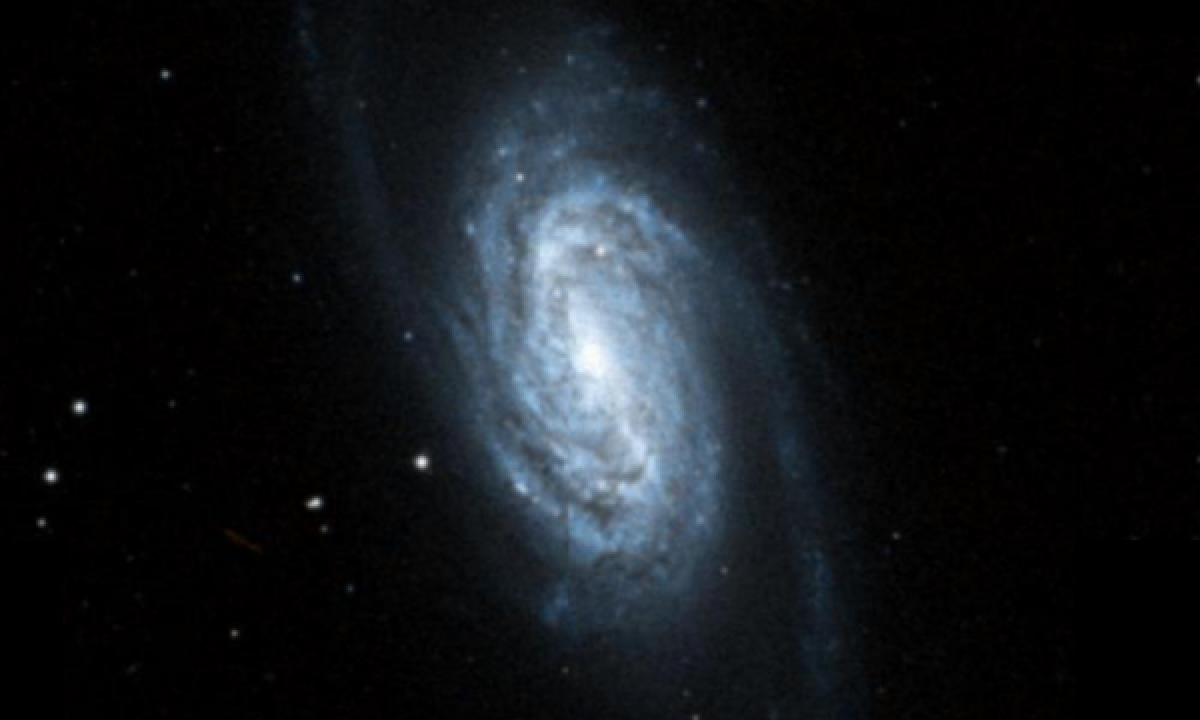The New General Catalogue of Nebulae and Clusters of Stars (abbreviated as NGC) is a catalogue of deep-sky objects compiled by John Louis Emil Dreyer in 1888. The NGC contains 7,840 objects, known as the NGC objects. It is one of the largest comprehensive catalogues, as it includes all types of deep space objects, including galaxies, star clusters, emission nebulae and absorption nebulae.
Know more about NGC
NGC 2903

NGC 2903 is an isolated barred spiral galaxy in the equatorial constellation of Leo, positioned about 1.5° due south of Lambda Leonis. It was discovered by German-born astronomer William Herschel, who cataloged it on November 16, 1784. He mistook it as a double nebula, as did subsequent observers, and it wasn't until the nineteenth century that the Third Earl of Rosse resolved into a spiral form. J. L. E. Dreyer assigned it the identifiers 2903 and 2905 in his New General Catalogue; NGC 2905 now designates a luminous knot in the northeastern spiral arm. This field galaxy is located about 30 million light-years away from the Milky Way, and is a member of the Virgo Supercluster. The morphological classification of this galaxy is SBbc, indicating a barred spiral (SB) with moderate to tightly-wound spiral arms (bc). De Vaucouleurs and associates assigned it the class SAB(rs)bc, suggesting a weaker bar structure (SAB) with a partial ring (rs). The bar structure appears stronger in the near infrared band. The galaxy as a whole is inclined by an angle of 60° to the line of sight from the Earth. 72% of the stellar mass is located in the outer disk of the galaxy, and 20% is found in the bar. The bulge adds 5% of the stellar mass, and its star population is generally older. However, the central ~650 pc radius volume of the core is a strong starburst region. The star formation rate here is 0.7 M☉ y−1 and it is being fed by gas inflow along the bar. There is no evidence of an active nucleus. The irregular dwarf galaxy KKH 51 appears to be a companion, as they have an angular separation of 25′ and nearly the same radial velocity.
More Images:

Sources:
Wikipedia Page: NGC 2903
NGC 2903 at In-The-Sky website
